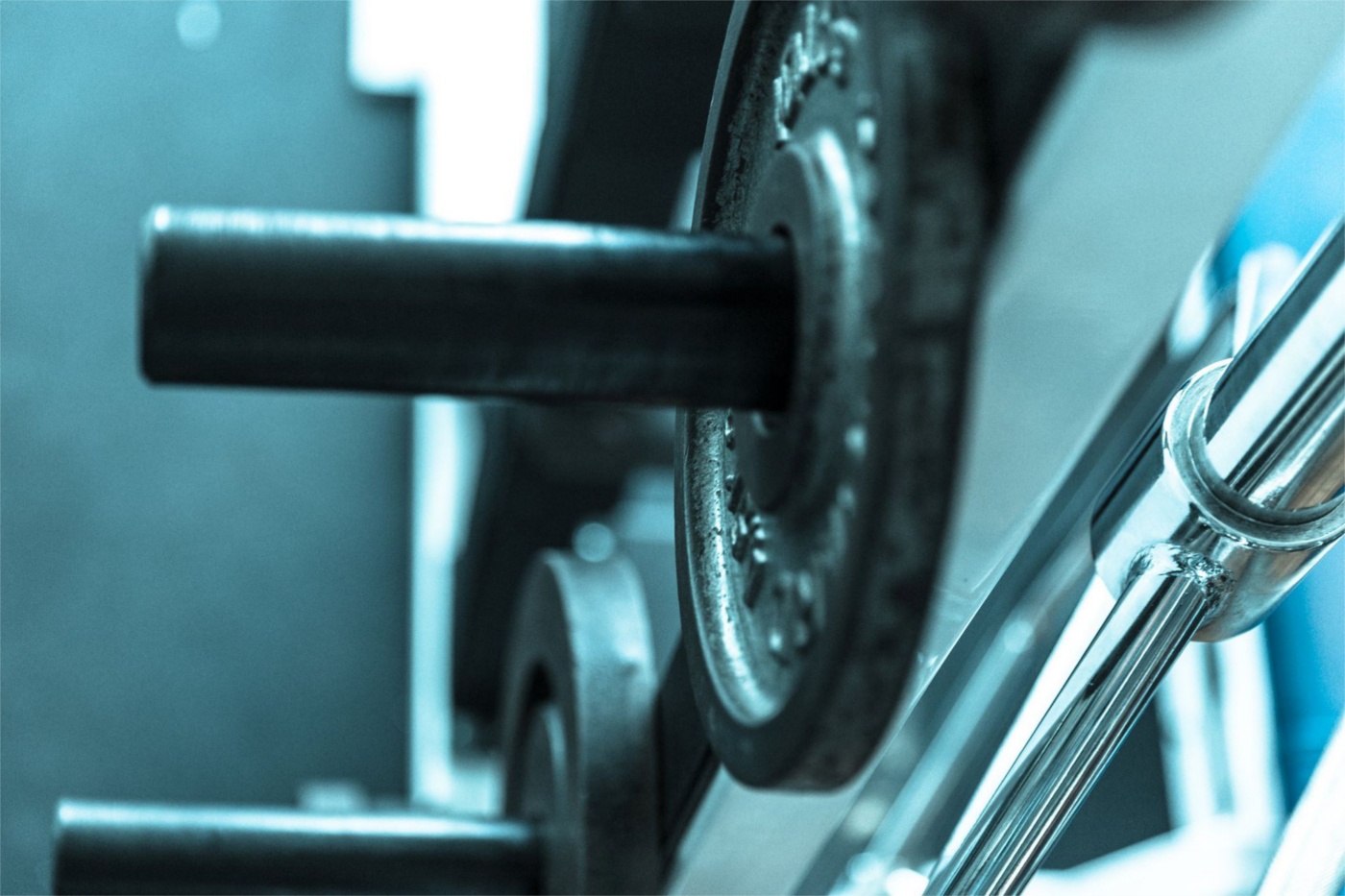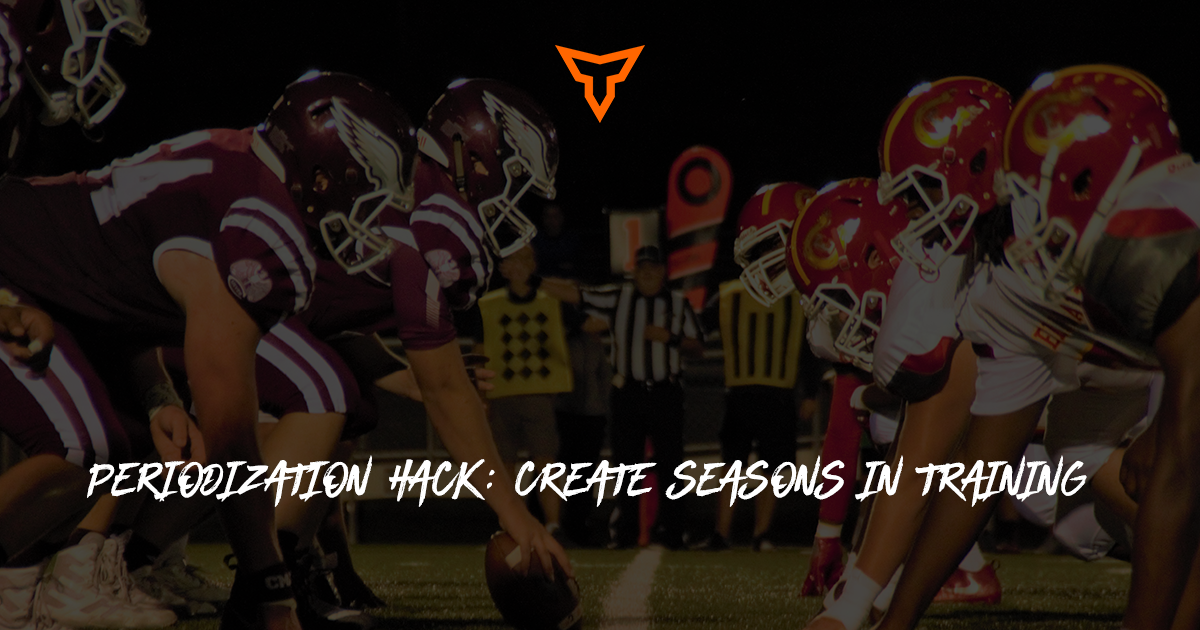Top 5 Exercises to Ace the Tactical Pull-Up Test
Tactical athletes will most certainly face physical challenges in the line of duty. Due to the modern-day lifestyle, the upper back can be left untrained and weak. Due to this, the shoulders are more prone to injury and overuse. On top of this, most tactical athletes will face maximum repetition pull-up tests at some point or another to gauge their physical ability to perform with their body weight.
Pull-ups are a challenging exercise that requires massive amounts of upper body strength, particularly in the back, arms, and shoulders. Being able to perform multiple pull-ups is an excellent way to test your upper body strength and endurance. If you're looking to increase your athletes’ maximum pull-up testing repetitions, here are the top five exercises you should consider incorporating into your workout routine to increase maximal performance.
Author’s Note: All weekly undulated examples are based on Joe Kenn’s Base-Load-Performance models for week-to-week undulation and how I apply his concepts. Most coaches who know me understand that I am a big fan of this form of periodization and want to give credit where credit is due.
Week 1 is an intro to the movement
Week 2 is a volume overload
Week 3 is either another volume overload or an increase in load/decrease in volume depending on the goal of the mesocycle
1. Eccentric Pull-Ups
Eccentric pull-ups are an effective way to improve your pull-up strength. Start by standing on a bench or step, so you are in the "up" position of a pull-up with your chin above the bar. Then, slowly lower yourself down to the hanging position, taking 3-7 seconds to complete the descent of the movement. Repeat this movement for multiple reps to build strength and endurance for 3-6 reps per set. See the progressions below for reference:
Week 1: Negative Pull-Ups 4x3 reps (5 seconds down)
Week 1 introduces the movement
Week 2: Negative Pull-Ups 4x5 reps (5 seconds down)
Week 2 introduces the increase in total volume
Week 3: Negative Pull-Ups 3x3 reps (5 seconds down)
Week 3 allows the athlete to decrease the volume and increase load during the eccentric (if needed)
2. Weighted Pull-Ups
Weighted pull-ups are a great exercise for building up to doing full pull-ups. This exercise requires a weight vest or weight belt to increase the resistance in the pull-up movement. Loop the extra load around your body and proceed to start by hanging from the bar. Arms should be locked out and tension squeezed in the upper back. Pull yourself up until your chin is above the bar, and then lower yourself back down. Repeat this movement for 3 reps to maximal reps. See the progressions below for reference:
Week 1: Weighted Pull-Ups 2x max reps
Week 1 introduces the movement pattern
Week 2: Weighted Pull-Ups 3x max reps
Week 2 introduces the increase in total volume
Week 3: Weighted Pull-Ups 3x3 reps
Week 3 introduces the increase in the load used due to a decrease in the total volume
3. Inverted Rows
Inverted rows are an excellent exercise for building back and arm strength. Pull-ups are performed within a vertical movement pattern (up and down), while the inverted row is executed in a horizontal movement pattern (forward and backward). By changing this movement pattern, the body can recruit different muscle fibers at different angles. This will then allow for the upper back to be overloaded and developed without overuse injuries occurring. Start by lying under a bar or suspension trainer with your hands gripping the bar or handles. Pull yourself up until your chest touches the bar or handles, then lower yourself back down. Repeat this movement for 6 reps to maximal reps.
Week 1: Inverted Rows 2x max reps
Week 1 introduces the movement
Week 2: Inverted Rows 3x max reps
Week 2 introduces the increase in total volume
Week 3: Inverted Rows (feet elevated) 3x6 reps
Week 3 introduces a change to the movement pattern to increase the difficulty of the movement. When an athlete elevates their feet on the inverted row, the athlete must then increase overall tension in the body and utilize more core stability to enhance overall performance in this movement pattern.
4. Dead Hangs
Dead hangs are an incredible exercise due to their ability to improve grip strength. Grip strength is one of the many limiting factors when max repetition pull-up tests are conducted. Once the grip starts to fatigue, the athlete traditionally has 2-3 reps left for the max pull-up test. Most hangs are done for a minimum of 20 seconds to absolute failure. See the progressions below which will enhance the length of time that the grip can be applied:
Week 1: Dead Hang 20 seconds
Week 2: Dead Hang 30 seconds
Week 3: Dead Hang 40 seconds
5. Bicep Curls
Bicep curls are an essential exercise for building arm strength. By increasing bicep size & strength, you can better support your pull-up movements. Start with a set of dumbbells in your hands, with your palms facing up. Curl the weights up towards your shoulders, keeping your elbows close to your body, then lower them back down. Repeat this movement for multiple reps. If need be, progress from dumbbells to a barbell to increase the load that can be performed. See the progressions below for reference:
Week 1: DB Bicep Curl 3x10 reps
Week 2: DB Bicep Curl 3x15 reps
Week 3: DB Bicep Curl 3x8 reps
Conclusion
For tactical athletes, it is imperative that you prep for any pull-up tests that may be conducted during a selection process. If you want to increase your maximum pull-up testing repetitions, incorporate these five exercises into your training program. Remember to start with the most challenging exercises for you and work your way up to the more challenging ones. Identify and attack your individual weak points. Consistency and persistence are key to building the strength and endurance needed to perform multiple pull-ups. Dedication and hard work can improve your pull-up performance and achieve your goal of passing the selection process. As always please reach out on my Instagram (@Coach_Telegadas) or shoot me an email at CoachKostaTelegadas@Gmail.com if you would like to learn more.
References:
Biagioli, B. (2015). Advanced Concepts of Strength and Conditioning
Kenn, J. (n.d.). The Coach’s Strength Training Playbook.
Verkoshansky, Y. (2003). Supertraining
Zatsiorsky, V. Kraemer, W. (2006). Science and Practice of Strength Training
Subscribe to our blog
Subscribe to receive the latest blog posts to your inbox every week.
Related posts

Why Strength Coaches Should Turn Away Late Athletes From the Weight Room

Periodization Hack: Create Seasons in Training


